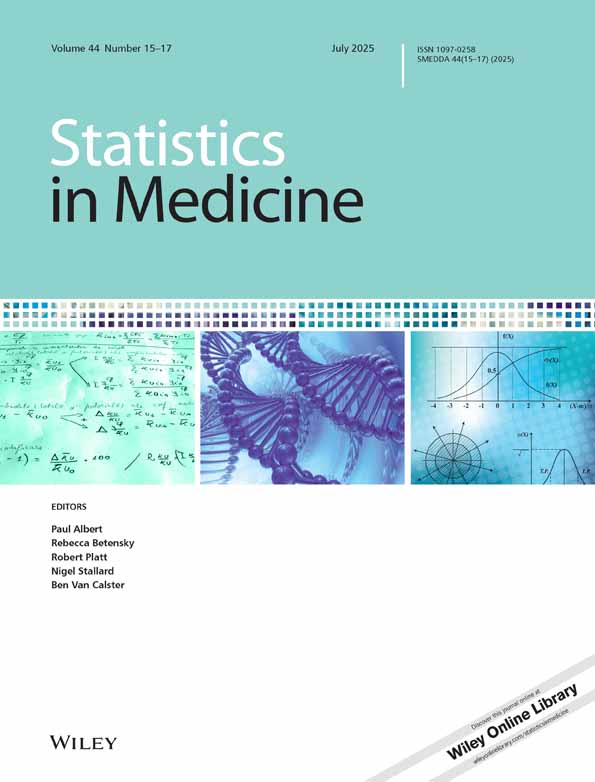On the application of the von Mises distribution and angular regression methods to investigate the seasonality of disease onset
Abstract
This paper describes an approach to summarize the data arising from studies investigating the pattern of disease onset within a calendar year. Such data have been traditionally summarized into monthly counts summated over the complete years studied and patterns often examined by use of Pearson's χ2 tests with 11 degrees of freedom. This test and others commonly used in practice are reviewed. As an alternative, we suggest that by first representing the date of onset for an individual as a point on a unit circle that the von Mises distribution with a single peak may provide a useful description of such data. Further an extension to angular regression including covariates, analogous to that used routinely in other areas of clinical research, potentially allows a more systematic and detailed investigation of possible seasonal patterns in patient subgroups. The methodology is applied to examples from the date of onset of primary angle-closure glaucoma and date of diagnosis of acute lymphoblastic leukaemia and examines in both situations how the peak onset varies with covariates. Difficulties associated with convergence to the maximum likelihood estimates of the associated parameters are described. Finally, we emphasize the need for individualized (rather than grouped) patient data to be available for study, a clear specification of the particular ‘onset’ time studied, and suggest that further case studies are required to evaluate the approach. Copyright © 2005 John Wiley & Sons, Ltd.




